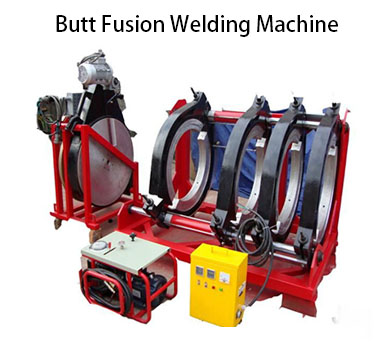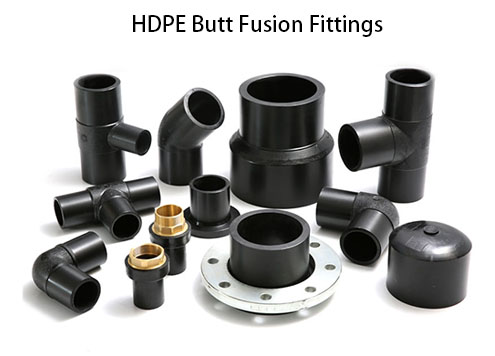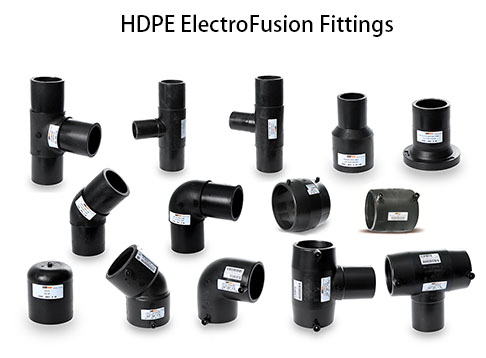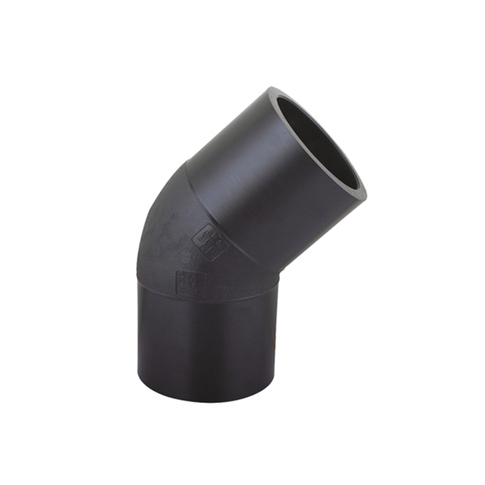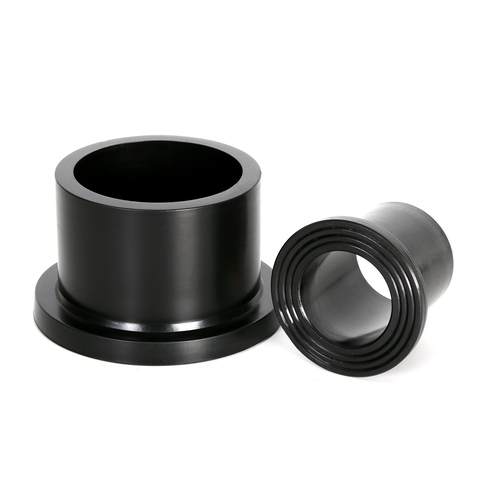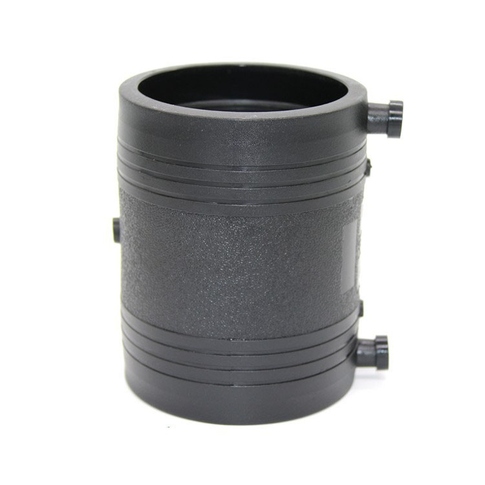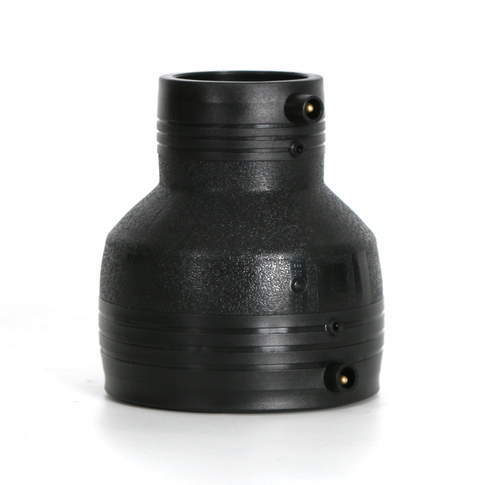09
Nov
HDPE Pipe Joining Methods: Butt Fusion Vs Electrofusion
High-Density Polyethylene (HDPE) piping systems are widely recognized for their flexibility, chemical resistance, and durability. Key to their function is the integrity of their joints. This article focuses on two primary HDPE pipe joining methods: Butt Fusion and Electrofusion, providing insights into their differences, applications, and how to choose the most appropriate technique for your piping needs.
HDPE Pipe Joining Methods: Butt Fusion Vs Electrofusion
Joining HDPE pipes is a critical process that affects the fluid or gas flow, service life, and safety of the entire piping system. Two of the most prominent methods are Butt Fusion and Electrofusion. Each technique has its distinct procedures, equipment, and suitability for various situations.
— Butt Fusion: The Process and Its Suitability
Butt Fusion is a heat fusion process where the ends of the pipes are heated to a designated temperature and then pressed together. Here are the steps and advantages of Butt Fusion:
Step Analysis
- Alignment: Pipes are clamped in the fusion machine.
- Heating: The pipe ends are heated to a molten state.
- Fusion: The molten ends are pressed together and held until cooled.
Advantages:
- Low cost, suitable for large-scale projects
- Results in a joint as strong as the pipe itself
- Suitable for long, straight pipeline installations.
limitation
- High technical requirements,Requires skilled technicians
- Restrictive environmental conditions
— Electrofusion: The Process and Its Suitability
Electrofusion involves a specialized fitting that contains a heating element. The steps and benefits include:
- Preparation: Clean and scrape the pipe ends.
- Insertion: Insert the pipe ends into the electrofusion fitting.
- Activation: Apply an electric current to the heating element to melt the plastic.
Advantages:
- Allows for joining pipes in tight spaces and varying angles.
- Highly precise, with controlled temperature and timing.
- Less reliant on operator skill
limitation
- The cost of electrofusion fittings is high
- Requires power and equipment
Comparison Table
For a succinct overview, here’s a comparison table that outlines the key differences between Butt Fusion and Electrofusion:
| Feature | Butt Fusion | Electrofusion |
| Joint Strength | Equal to pipe strength | Dependent on fitting quality |
| Equipment Complexity | High | Moderate |
| Flexibility | Low (requires straight alignment) | High (accommodates different angles) |
| Skill Level Required | High | Moderate |
| Installation Time | Longer | Shorter |
Selecting the Appropriate Method
Choosing between Butt Fusion and Electrofusion depends on several factors:
- Application Scope: Large-scale installations may favor Butt Fusion, while repairs and fittings in constrained environments might lean towards Electrofusion.
- Resource Availability: Assess the availability of skilled labor and equipment.
- Budget Constraints: Consider the overall cost-effectiveness, including equipment and operational costs.
Best Practices
Regardless of the method chosen, the following best practices are recommended:
- Ensure pipe ends are clean and properly aligned.
- Use only qualified personnel for the installation.
- Follow the manufacturer’s specifications and local regulations.
In conclusion, both Butt Fusion and Electrofusion offer robust solutions for joining HDPE pipes, each with its pros and cons. Understanding the specific needs of your project, from scale to environment, and available resources, is key to determining the best joining method. By adhering to best practices, you can ensure a successful and durable installation, optimizing the performance of your HDPE piping system.
The clear delineation of these methods’ differences, advantages, and application considerations serves to equip industry professionals with the knowledge to make informed decisions regarding HDPE pipe installations. As with any specialized procedure, it is crucial to engage with experts and ensure compliance with all safety standards and manufacturer guidelines for optimal results.

